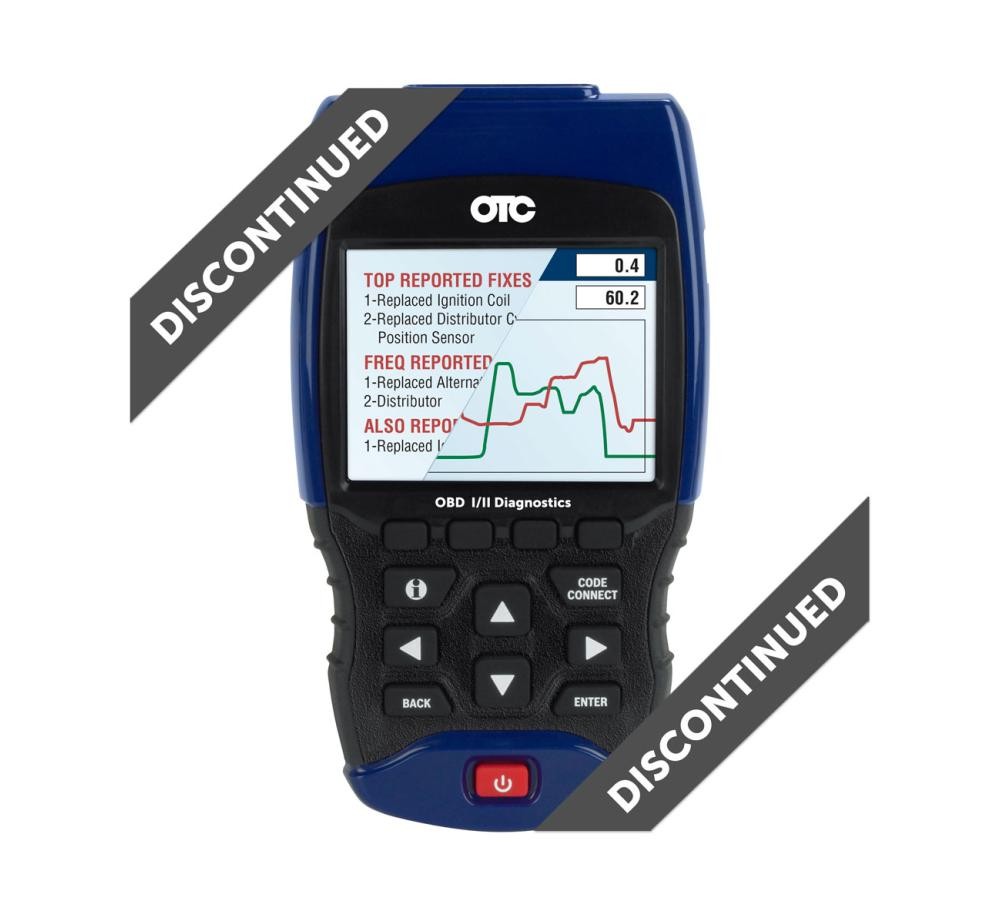The pre-OBD2 scanner, a vital tool for diagnosing car troubles in older vehicles, might seem like a relic of the past. However, for owners of classic cars and vehicles manufactured before 1996, these scanners remain indispensable. This article delves into the world of pre-OBD2 scanners, exploring their functionality, benefits, and how they differ from their modern counterparts.
Decoding the Pre-OBD2 Era
Before the standardization of On-Board Diagnostics (OBD) in 1996, car manufacturers employed various proprietary diagnostic systems. This lack of uniformity meant that mechanics needed specialized equipment for each make and model. Pre-OBD2 scanners, also known as OBD1 scanners, were designed to communicate with these unique systems, retrieving diagnostic trouble codes (DTCs) and providing insights into engine performance.
An example of a pre-OBD2 scan tool with various connectors for different car makes.
How Pre OBD2 Scanners Work
Unlike OBD2 scanners that utilize a standardized 16-pin connector, pre-OBD2 scanners often require different connectors and cables depending on the vehicle’s make and model. These scanners typically connect to the vehicle’s diagnostic port, which might be located under the dashboard, in the engine compartment, or even behind the ashtray. Once connected, the scanner can retrieve DTCs stored in the vehicle’s computer, indicating specific malfunctions. Some advanced pre-OBD2 scanners can also display live engine data, such as engine speed, coolant temperature, and fuel pressure.
Why a Pre OBD2 Scanner is Essential for Older Vehicles
Owning a pre-1996 vehicle often means dealing with more complex diagnostic procedures. A pre-OBD2 scanner allows owners and mechanics to:
- Pinpoint Problems Quickly: Instead of relying on guesswork, the scanner provides concrete data, leading to faster and more accurate diagnoses.
- Access Manufacturer-Specific Codes: Decipher the unique codes used by different car manufacturers before OBD2 standardization.
- Monitor Live Data: Observe real-time engine parameters to understand how various systems are functioning.
- Save Money on Repairs: By accurately diagnosing issues, unnecessary repairs can be avoided.
A pre-OBD2 scan tool displaying diagnostic information.
Pre-OBD2 vs. OBD2 Scanners: Key Differences
The most significant difference lies in the standardization. OBD2 scanners work universally across all 1996 and newer vehicles sold in the United States. Pre-OBD2 scanners, on the other hand, require specific connectors and software for different makes and models. Furthermore, the data provided by pre-OBD2 scanners might be less comprehensive than that of OBD2 scanners.
Choosing the Right Pre OBD2 Scanner
When selecting a pre-OBD2 scanner, consider the following factors:
- Vehicle Compatibility: Ensure the scanner supports the specific make and model of your vehicle.
- Functionality: Determine the features you need, such as DTC retrieval, live data display, and ABS/SRS code reading.
- User-Friendliness: Opt for a scanner with an intuitive interface and clear instructions.
Conclusion: Keeping Classic Cars Running Smoothly
While modern OBD2 scanners offer advanced capabilities, the pre-OBD2 scanner remains an invaluable tool for maintaining and repairing older vehicles. Understanding the nuances of these scanners empowers classic car enthusiasts and mechanics to keep these cherished vehicles on the road for years to come. By providing access to vital diagnostic information, pre-OBD2 scanners enable accurate troubleshooting and efficient repairs, ensuring the longevity of these automotive legends.

